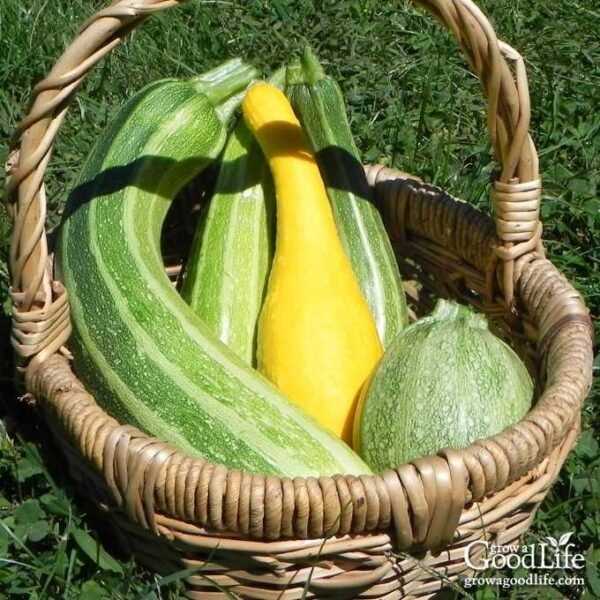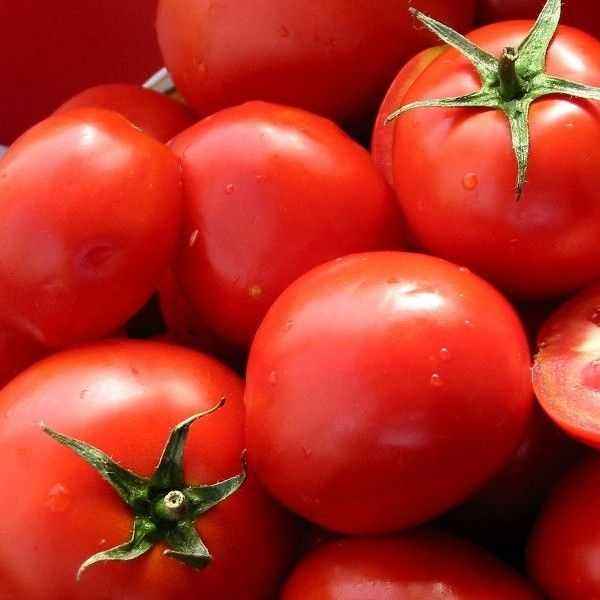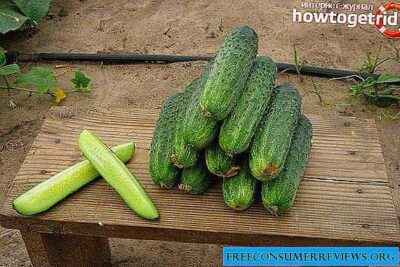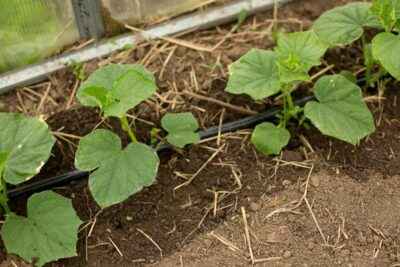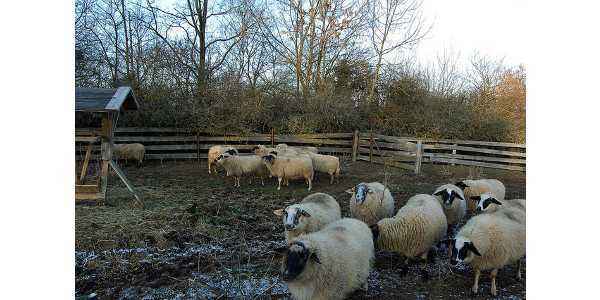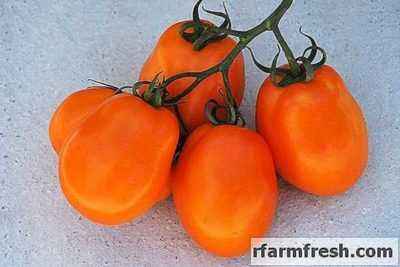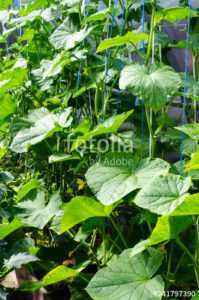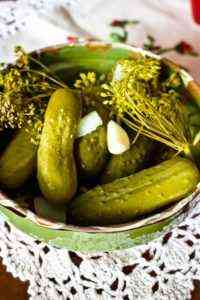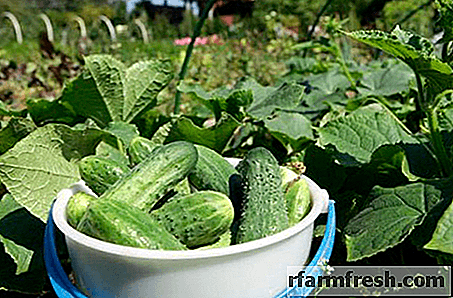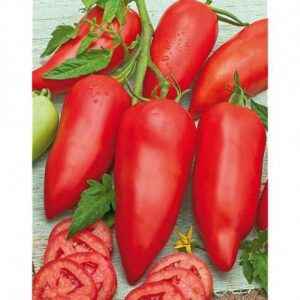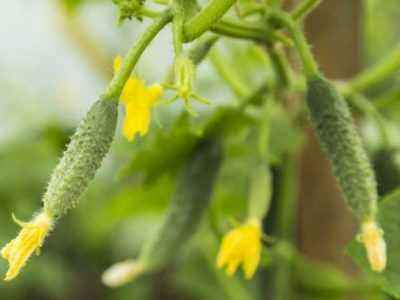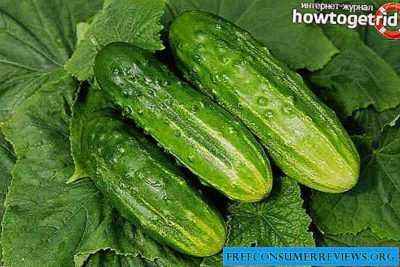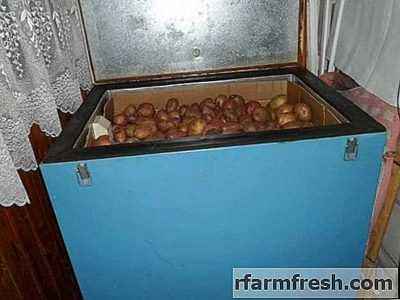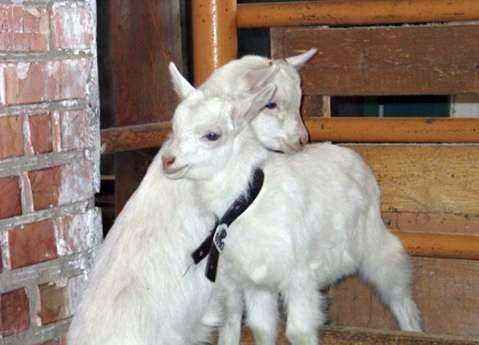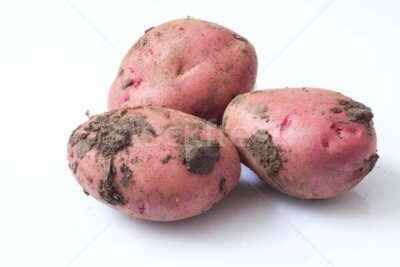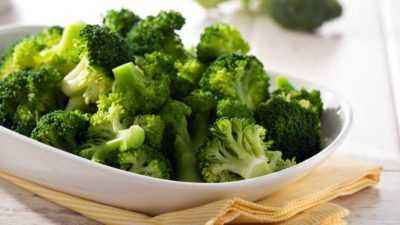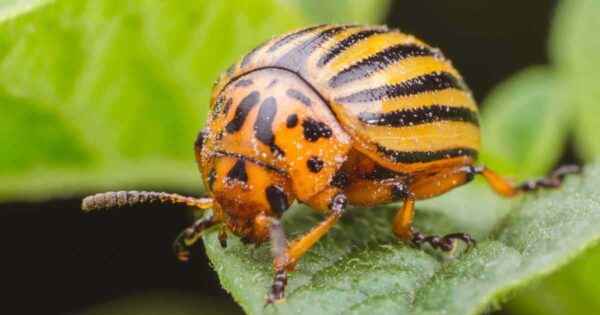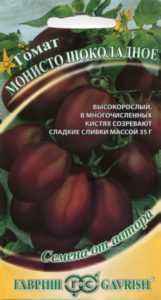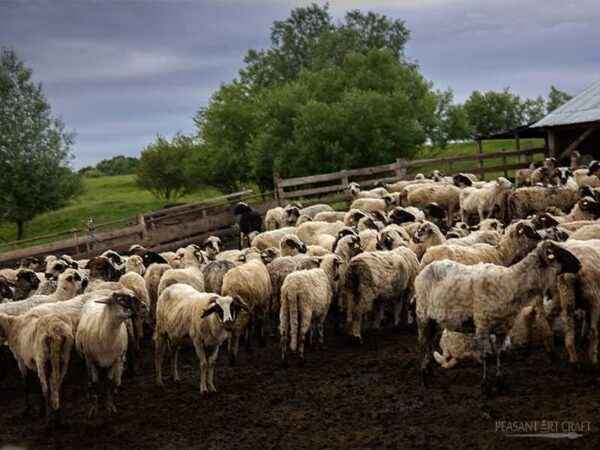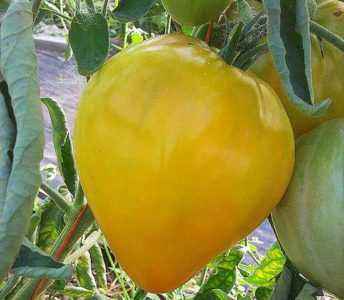There are a number of reasons why tomato Dubrava is popular both in Russia and in the former Soviet republics. And there is nothing to be surprised at, because it can be grown without any difficulties on open ground, and the yield indicators of this variety, also called “Oak”, rightly deserve a very high rating. Many other qualities of these tomatoes are also noteworthy, and therefore this topic should be revealed in more detail – which will be done later.
- Dubrava tomatoes have average weight indicators (as a rule, their weight is in the range of 70-110 g);
- the color of the ripe fruits of the plant in question is saturated red with a scarlet hue;
- the shape of the Dubrava variety tomatoes is round, with a barely noticeable ribbing;
- the slightly corrugated leaves of the plants represented are light green, their size is small and they do not have significant differences from the leaves of other tomato varieties;
- the height of the bushes in most cases does not exceed 80 cm, most often amounting to 45-65 cm (this is due to the determinism of Dubka, i.e. its limited growth).
Continuing the description of Dubrava tomatoes, it is reasonable to mention their universal consistency fruits, due to which the latter are equally well suited both for processing and for fresh consumption. The flesh of these berries is a little dry, pleasant to them, and they are quite firm and have an elastic fleshy wall.
The most remarkable advantages
Description of Dubrava tomatoes, if watching a photo would be incomplete if it did not include a list of the most significant pluses with which they can “boast”.Based on the reviews of those who have already planted these plants, we can confidently state that the main advantages of Dubrava tomatoes are:
- Based on the video about tomatoes, a fairly high yield rate of about 1.8-2.0 kg can be noted from one bush – provided that the latter will be located with an average density of up to 5-6 pieces per 1 sq.m.
- Early ripening due to which Dubrava tomatoes can be harvested starting from 85-95 days from the time of emergence of shoots.
- The compactness of the bushes, making it possible in growing such tomatoes not only in the garden, but also at home – for example, on a balcony, loggia or on a wide windowsill.
- Relatively high resistance to late blight and other diseases that most often affect various varieties of tomatoes.
In addition, one cannot fail to mention another indisputable advantage of Dubrava tomatoes, which is ease of care, which does not require significant time costs from the owner of the plot. The excellent preservation of these tomatoes during transportation and storage is also noteworthy, which will be appreciated by both sellers of the fruits in question and their customers. The validity of this thesis is confirmed by reviews of tomato Dubrava, the berries of which have an excellent appearance even after a month and a half from the moment of laying.
Growing seedlings
In the growing process, it plays a big role seedlings.Considering the fact that Dubrava tomato belongs to those varieties that are recommended to be cultivated in the open field, it is most rational to grow it with seedlings, guided by the following main recommendations:
- Sowing seeds is reasonable to carry out on the basis of two key factors – the duration of the cultivation of the selected culture and climatic specifics of the region. So, gardeners living in the middle zone of the Russian Federation make sense to sow Dubrava seeds at the very end of March.
- In order to avoid moisture stagnation, you must make sure in advance that there are drainage holes in each container intended for seedlings. It is also worth adding that in the cultivation of tomatoes of the Dubrava variety, it is best to use the soil for vegetable crops, as in it, the seedlings feel most comfortable.
- Before you start planting the seeds of the tomato in the soil, they should be pickled in a 2% solution of potassium permanganate (“potassium permanganate”).
- During the entire period of growing seedlings of Dubrava tomato seedlings, it is necessary to maintain approximately the same level of soil moisture. This means that in containers with seedlings there should be no stagnation of water, as well as complete drying of the earthen coma.
If the seedlings are not able to “boast” of the high rates of their development, then its growth can be significantly accelerated. All that is required is complex fertilizers designed for a wide variety of vegetable crops.Well, then, after 40-50 days of growing seedlings, you can begin to harden it, suggesting that the daytime temperature is maintained at 17-18 ° C, and the night temperature is 5 ° C lower.
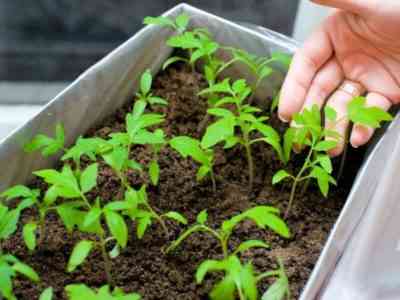
Maintain constant humidity in the seedling box
As for seed germination , then this characteristic of Dubrava tomato can please the vast majority of gardeners. Based on numerous reviews and research results, it can be argued that in the worst case this indicator does not fall below the 87% mark.
Planting young tomatoes in a permanent place
Practice shows that Dubrava tomato grows excellently in the beds previously occupied by cucumbers, cabbage, onions, zucchini, carrots and various herbs – primarily parsley and dill. Of course, planted tomatoes of this variety will be pleased with high yields, provided that the space allocated for them does not suffer from a lack of lighting. Do not forget about the soil, which should have the following qualities:
- fertility;
- friability;
- high air and water permeability.
After making sure that the above conditions are met, you can safely plant Dubrava tomato in the place prepared for it.It should also be noted that the characteristic of such a moment should include the following:
- the age of young bushes is about 2 months;
- the probability of spring frost is reduced to zero.
If you list the basic rules for such a transplant, their list will look like this:
- Before starting the procedure in question, the dug holes should be thoroughly moistened using clean water with the addition of several permanganate crystals potassium;
- the optimal diameter of the holes for planting is 30 cm;
- recommended May, planting depth – 12 cm;
- the roots of plants can be placed not only exactly, but also at an angle;
- the planting pattern of Dubrava tomatoes – 40×60 cm (shorter intervals are acceptable, but not particularly desirable , as they can lead to a decrease in yield).
During the crescent from the moment of transplantation, it is necessary to carefully monitor that the plants do not suffer from a lack of moisture. It is also worth adding that the Dubrava tomato variety, no matter how unpretentious, negatively refers to direct sunlight during the mentioned time period.
Features of care
After that , as the tomatoes of this variety are finally rooted in a new place and went into active growth, they should conduct the formation. Based on reviews of Dubrava tomatoes regarding this moment, we can conclude that this procedure is most rational to carry out in 2-3 stems.In general, caring for the planted bushes is intricate: it is enough to periodically loosen the soil, get rid of weeds and water the plants with warm water.
At the same time, tying Dubrava tomato to the supports is not necessary at all, as well as removing it stepsons.
Another thing is fertilizers. They should be applied once every 15-20 days, mixing the following components in a bucket with standing water:
- wood ash (250 g);
- superphosphate (50 g);
- manure (1/5 of the total volume).
In addition, to accelerate growth, it makes sense to use top dressing based on nitrogen compounds.
If Dubrava tomato bushes look unhealthy, this may be a manifestation of a lack of minerals, namely:
- yellowness and spotting most often indicate a lack of zinc;
- the appearance of reddish veins on the leaves of plants indicates a nitrogen deficiency;
- combination of yellow with white tint allows us to conclude that there is a lack of iron, etc.
In some cases, the cause of the inhibited state of tomatoes may be due to the activity of pathogenic microflora (for example, Phytophthora fungi) or insect pests. The solution to such problems is the appropriate pesticides, and the choice of a particular drug is determined by the specifics of the situation.


